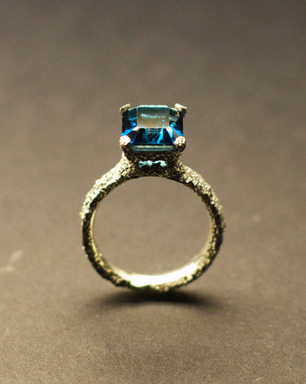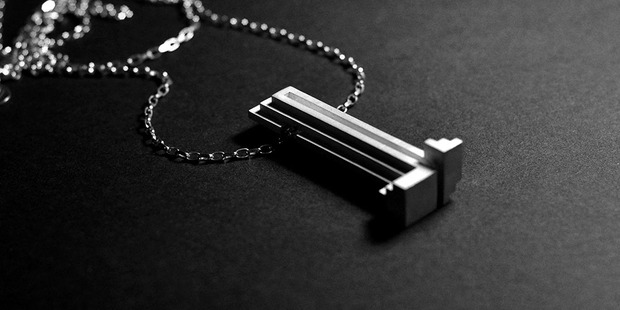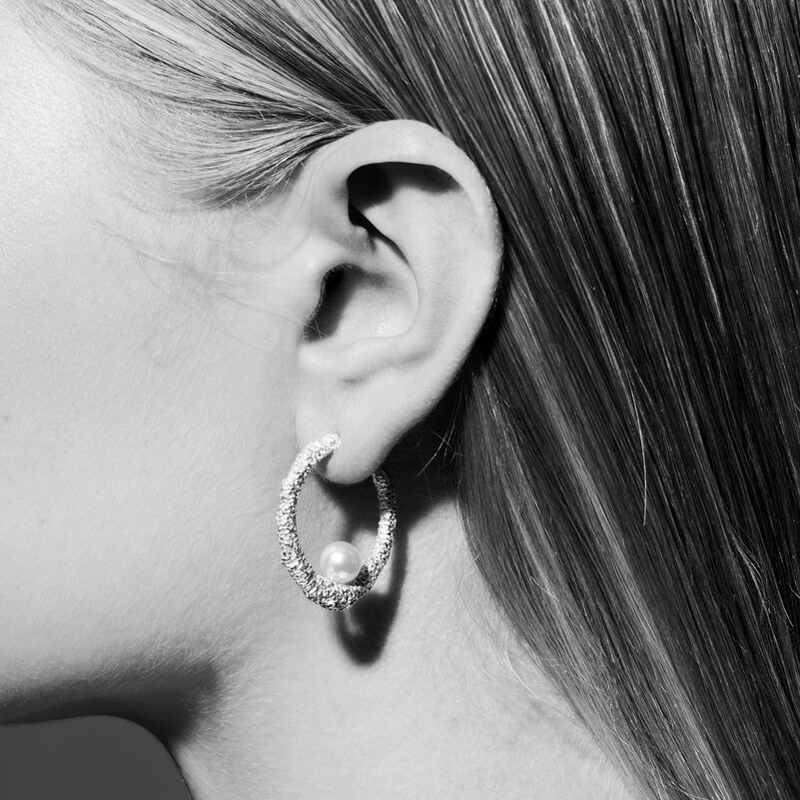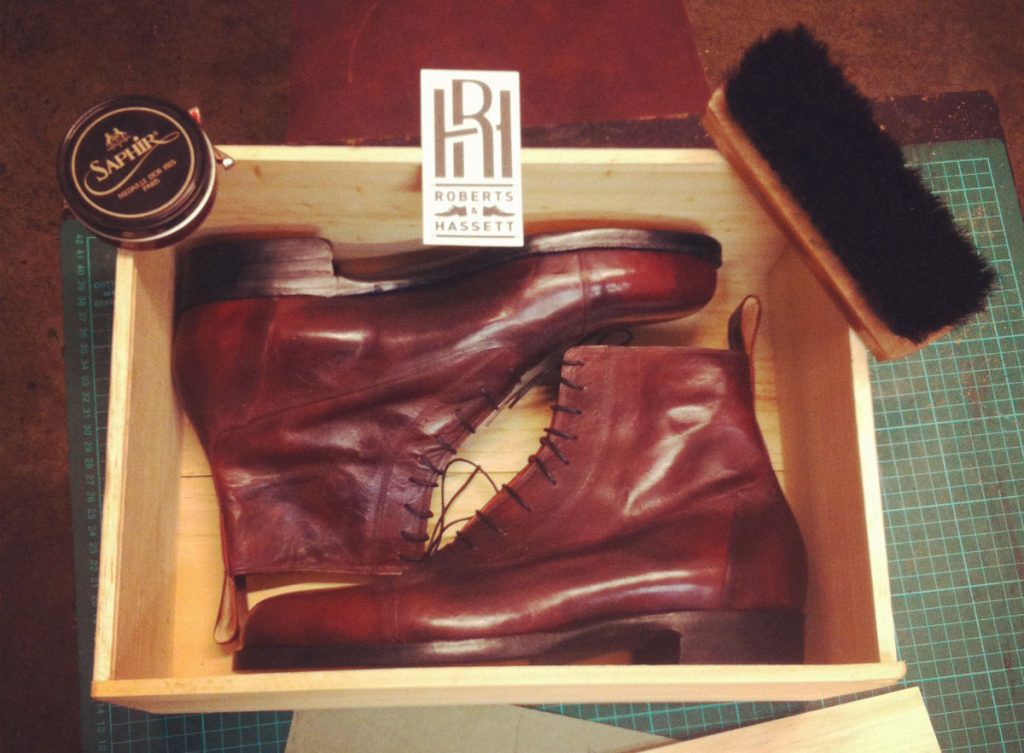Interview: Welfe Bowyer
The Melbourne-based designer of Welfe Jewellery creates bespoke jewels using locally-sourced leather and stones


It’s the little details that matters when it comes to good design, and this Kiwi designer is all about the details. We caught up with Welfe Bowyer, a New Zealand native making a name for himself with his now Melbourne-based bespoke jewelry line, called Welfe Jewellery. After successfully producing for local buyers and boutiques, he’s on the cusp of launching his online store for a worldwide audience. We got a one-on-one with Bowyer to find out more about his process, his sourcing of ethical materials, discovering textures and why he swapped blue prints for precious stones.


Firstly, where and how did you learn the craft?
I am predominantly self-taught, however previous academic studies provided me with most of my skills. I studied architecture in New Zealand and was intensely drawing and modelling during that timeexperimenting with materials and techniques. At the same time I had friends who had started getting creative with jewelry, fashion and photography. They helped me and inspired me to create some of my own experiments, starting with laser-cutting and wax-carving. The latter became one of my favorite methods and is still a big part of my creation process today. Since moving to Melbourne, I’ve studied at NMIT in order to gain skills in areas where I was lacking, such as gem-setting.
Your pieces are quite intricate but also minimalistic. What’s been the most challenging piece to create so far?
The Strap Bracelet. It looks like a simple leather strap at first glance, but the end is actually cast in silver. It took several moulds and waxes to capture the texture and detail of the old army boot. Then once cast, a lot of annealing, hammering and bending is required to fold it over and thread it through the buckle. The piece is then oxidized to blacken the silver. Once I’ve done this, I pass it onto collaborator and shoemaker Theo Hassett and he cuts a strap of premium kangaroo leather, and stitches it to match. I then add an adjustable silver toggle to finish the piece.

From where do you draw inspiration?
Architecture and sculpture for three-dimensional form, connections and materiality; film for movement and framing; photography for understanding composition, light and dark, positive and negative space. I’ve referenced and been inspired by people including artist Cameron Robbins, theorist Lebbeus Woods,architects Carlo Scarpa and Gordon Matta-Clark, sculptors Richard Serra and Mark Mandersto name a few.
Also the textures I discover every day around mebe it a concrete wall, bark from a tree, or a corroded steel chain. Texture is becoming my underlying signature. Finding and creating unique textures that you won’t find anywhere else. From using antique tools to forge with, or cutting a section of leather boot to cast, these all provide a starting point for my designs.

You’re one of a growing number of creative Kiwis based in Melbourne. Why did you choose the Australian city over your homeland?
I lived in Berlin for the summer of ’07, setting up a small studio in my apartment in Friedrichshain and making jewelry and selling to local stores there. It was a great time, but it was hard to gain momentum and source materials. Melbourne is great because there are so many craftsmen and women plying their trade. It seems to have a high value here. People seek you out, looking for quality. There’s also a long history of people migrating to Australia and continuing to practice their traditional trade or craft. For me that means I can go to different people seeking inspirationlearn from their experiences and techniques, and in some cases, such as with Strateas Carlucci, even collaborate.
I am also beginning to understand the great resources that Australia holds in terms of minerals. As a jeweller interested in human rights and fair trade, I have always steered clear of dealing with gem stones as it’s hard to know their origin, or the circumstances of the stone. Now in Australia, I can speak direct to local families who have their own mines, and know that workers are cared for and local communities supported.
Why do you think people are drawn to handmade pieces these days?
People like to see the value in the piece. Firstly by the originality of the design, then by the work that has gone into it, the tool marks, the imperfections, the unique textures, using local and ethical materials and the true weight of the piece. All of these make it more unique and rare, and thus valuable.

What’s next?
I’m currently working on launching a special serieswith Theo Hassettof belts and wallets that combine precious metals and leather. I’m also presenting an up-and-coming collection of designs at this year’s Melbourne Spring Fashion Week as well as launching my online store which will allow people from anywhere in the world to access and customize my creations, from choosing material and finish to the type of gemstone. I am excited to see people’s requests and responses.
Images courtesy of Welfe Bowyer












